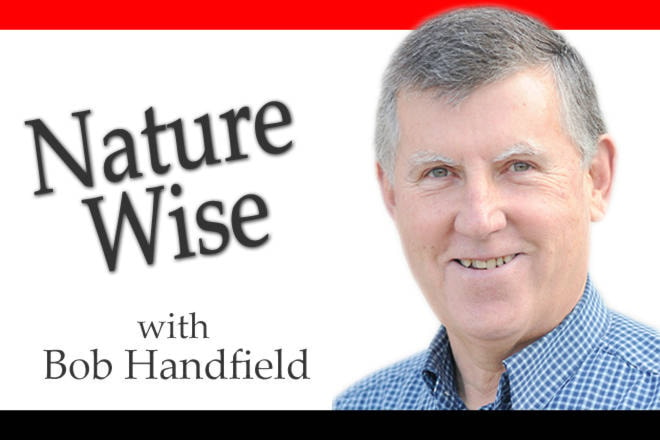It was pretty easy to tell from the TV ads that there was an election coming.
I would guess for most people deciding who to vote for is not quite as simple as it might seem since there are so many issues to consider — jobs and the economy, health funding, school funding, foreign corporate donations to political parties, honesty in government, etc, etc. Because this column is titled Nature Wise I’m going to confine my thoughts to some issues related to the environment.
First to an issue in our own backyard and dear to my heart — the proposed South Okanagan Similkameen National Park. In her reply to my February column (Western News, Feb. 8) expressing cynicism about her press release regarding the park proposal Minister Polak made the following comments (Western News, Feb. 22): “the 2010 Parks Canada proposal for a single national park is not up for reconsideration because we want to ensure the protection of the South Okanagan’s geographic and cultural values, while providing recreation and tourism opportunities” and “Conservancy designation, like a Class A park, prohibits commercial logging, mining and hydroelectric power generation while also recognizing the importance of the area to First Nations for social, ceremonial and cultural uses.”
Both of these statements imply that Parks Canada does not “protect geographic and cultural values” and does not “recognize the importance of … First Nations social, ceremonial and cultural uses.” In actual fact, Parks Canada excels in these very things and is well ahead of B.C. in promoting and protecting First Nations traditional uses. In all parks created since 1982 aboriginal rights are written into the park enabling legislation and many parks across Canada have joint management agreements between the local First Nations and Parks Canada. Gwaii Haanas NP on Haida Gwaii is a first class example of joint management of a national park by First nations and Parks Canada but is by no means the only park operated in this manner.
I have been to 24 of Canada’s 43 national parks and my experience is that Parks Canada does a far superior job of protecting (and interpreting) “geographic and cultural values” than any provincial park system in the country and you will certainly learn more about First Nations culture in most national parks than you ever will in a B.C.Park. How many B.C. Parks have interpretative centres staffed by First Nations people – in fact how many even have interpretative centres?
On other issues, B.C. is still the only jurisdiction in Canada that does not have any endangered species legislation to protect endangered wildlife. Even Texas, that right-wing home of George Bush, has endangered species legislation.
The B.C. Liberal government is only now finally taking some, albeit still inadequate, action to protect B.C. inland waters from invasive mussels. For many years, invasive mussels have been making their way across the continent and costing jurisdictions tens of millions of dollars in efforts to combat them once established. B.C. has been extremely lucky so far in avoiding their arrival, mostly because the neighbouring states to our south (Idaho and Washington) have had mandatory inspection programs in place for many years. We now have one mussel sniffing dog to help control all the border crossings into B.C. from Alberta, Idaho and Washington. That’s going to be one busy dog!
Despite numerous polls showing that B.C. residents (both urban and rural) overwhelmingly oppose grizzly bear trophy hunting, Christy Clark continues say that this hunting is important for jobs. The most recent information that I could find suggests there were 11 jobs created by trophy hunting of grizzlies in the Great Bear Rainforest area of B.C. in contrast to over 500 jobs created by bear watching in the same area!
I could go on and on but space is limited. But please, when you vote, give some thought to the environment and what we want to leave for our grandchildren.
The South Okanagan Naturalists’ Club meets on the fourth Thursday of the month at 7 p.m. See our website (southokanagannature.com) for meeting details.
Bob Handfield is president of the South Okanagan Naturalists’ Club but the views expressed here are his own and not necessarily those of the club.
